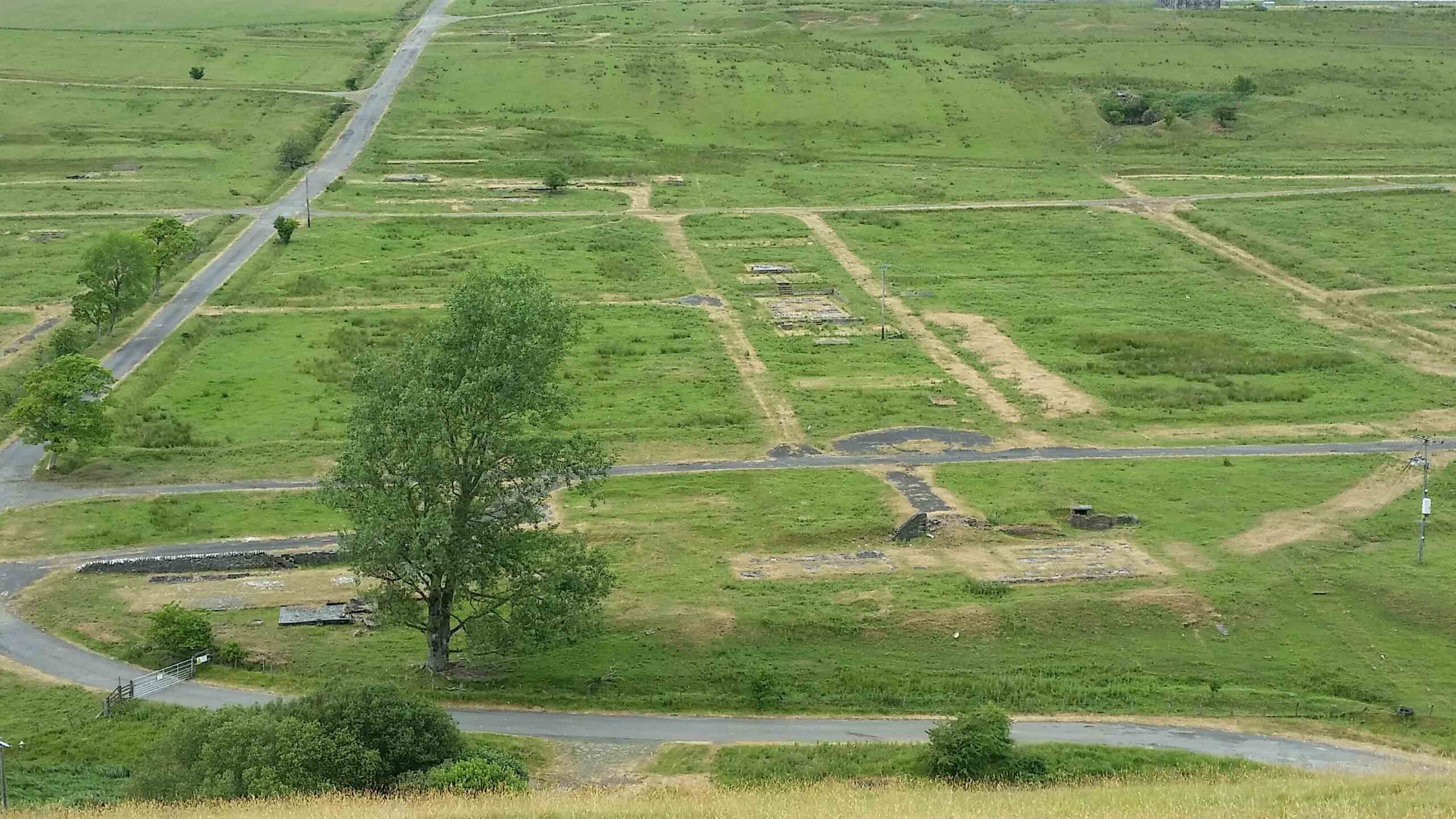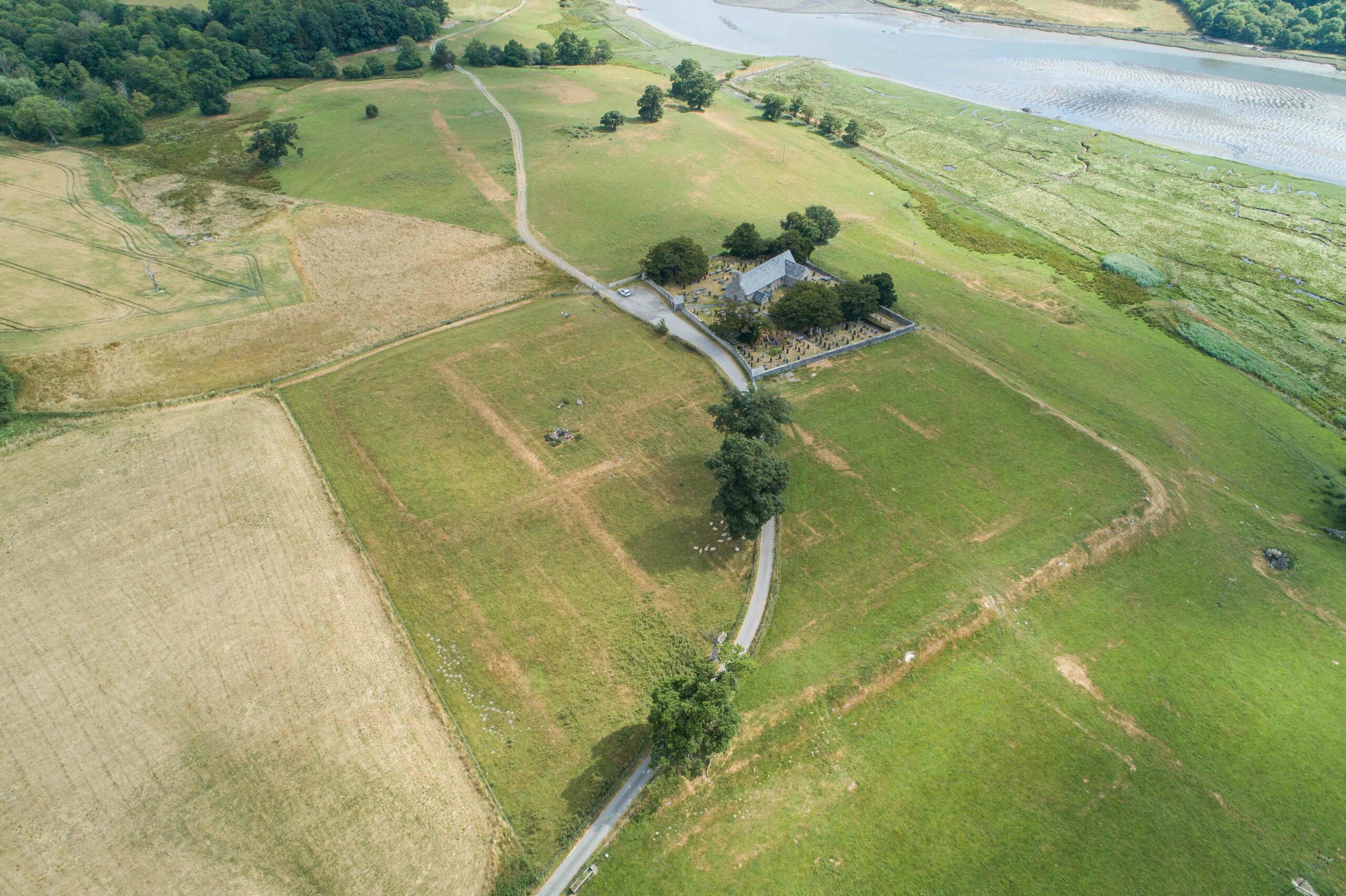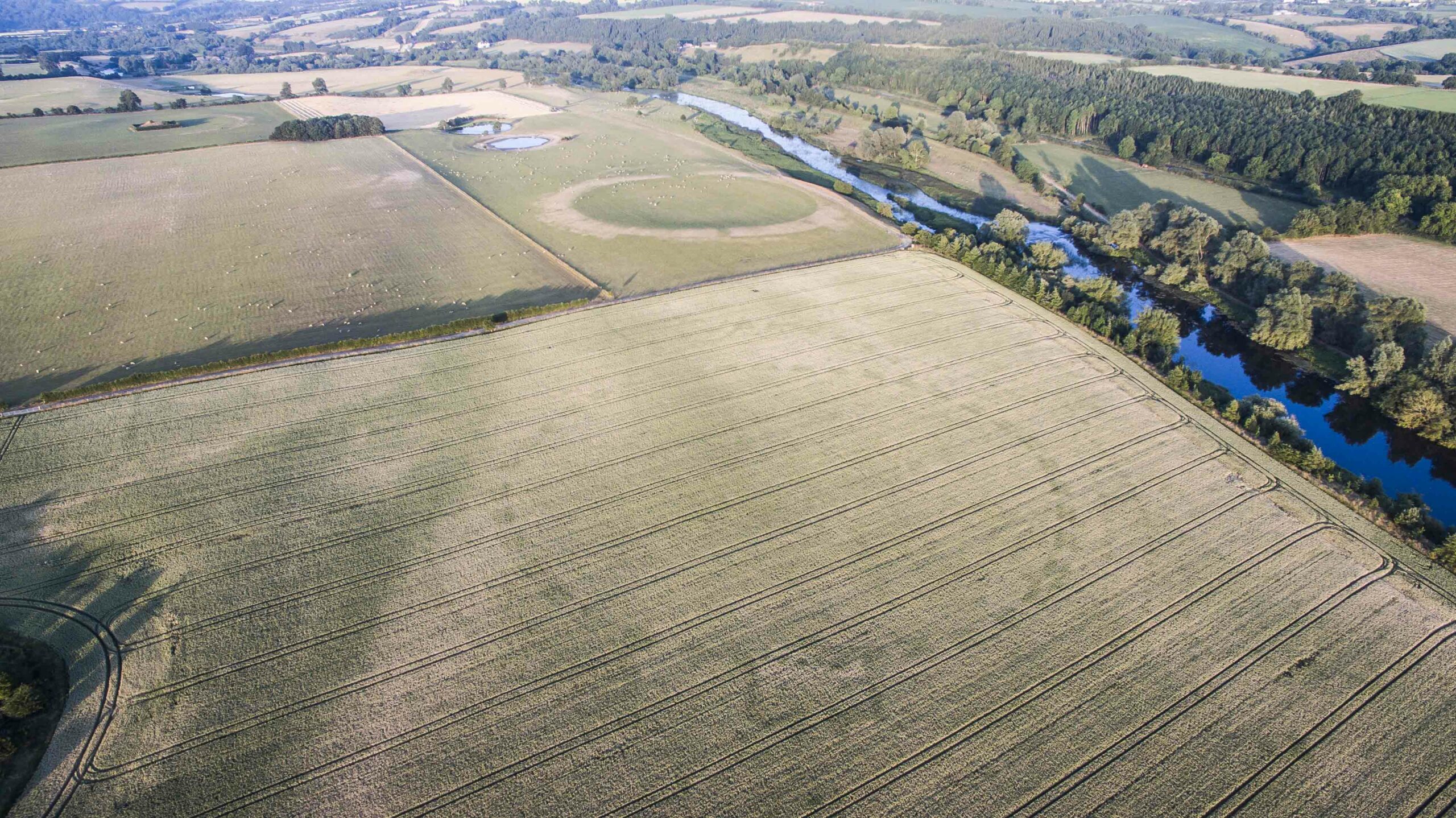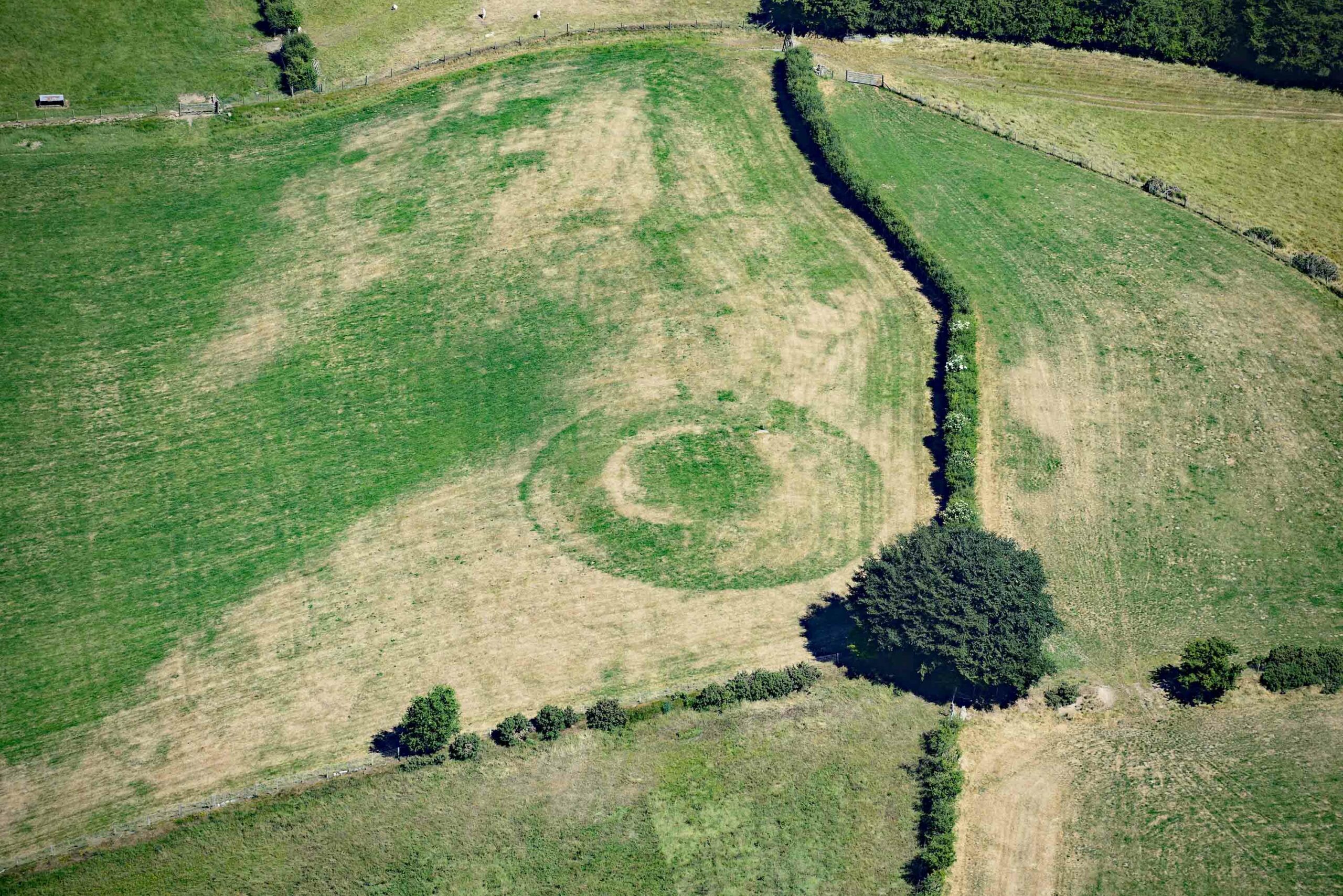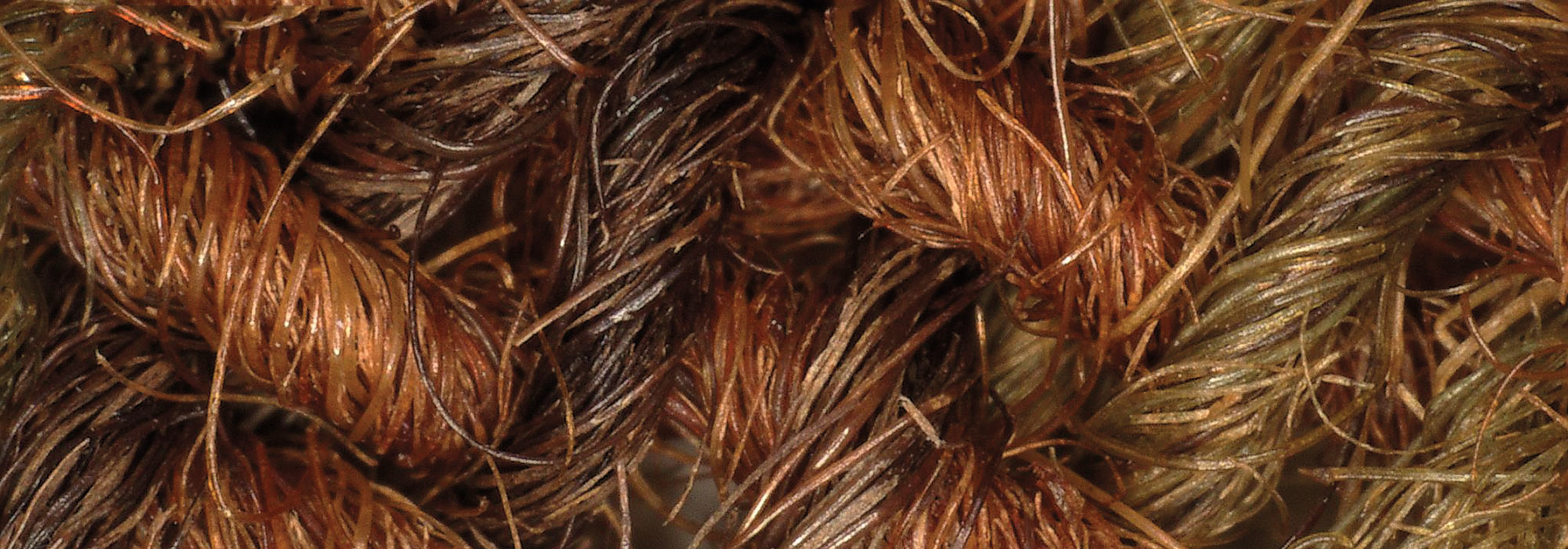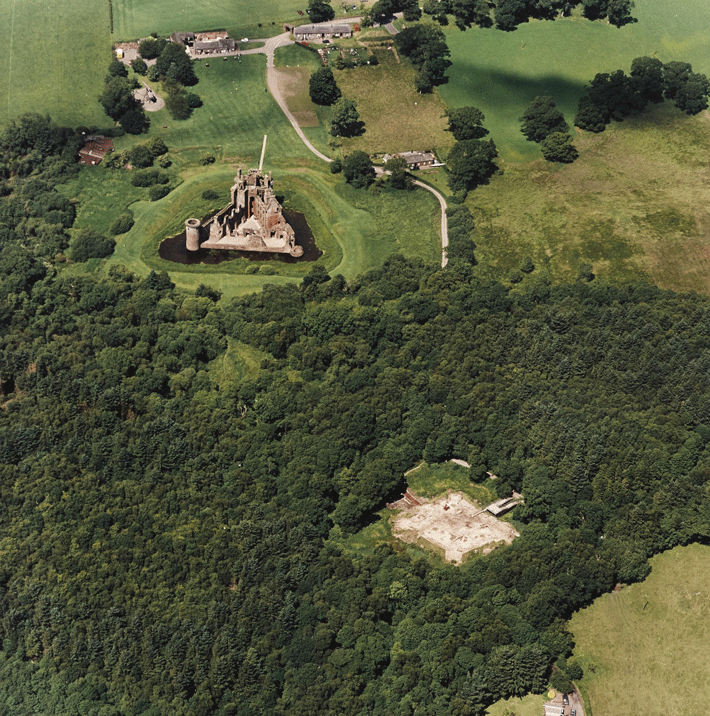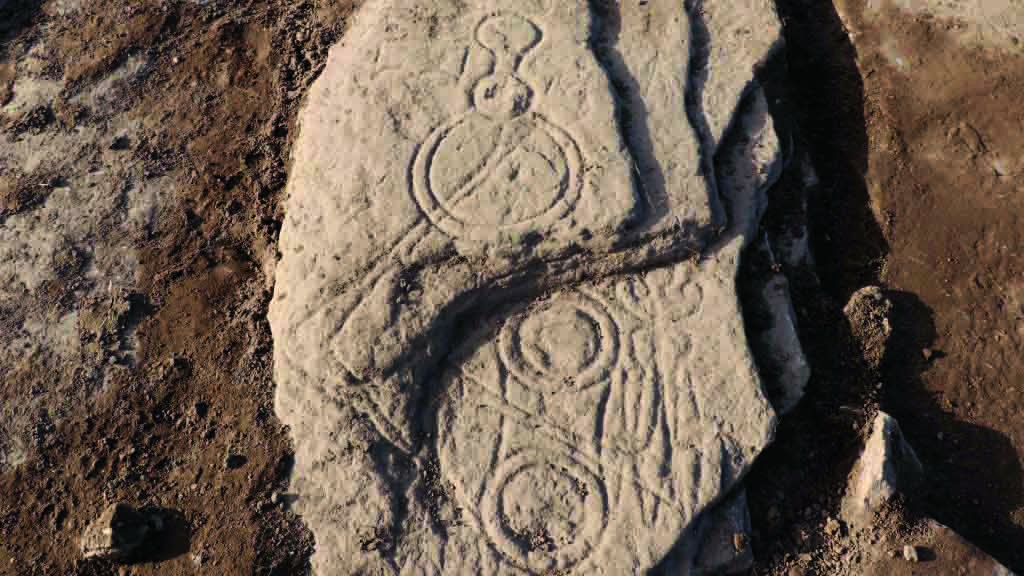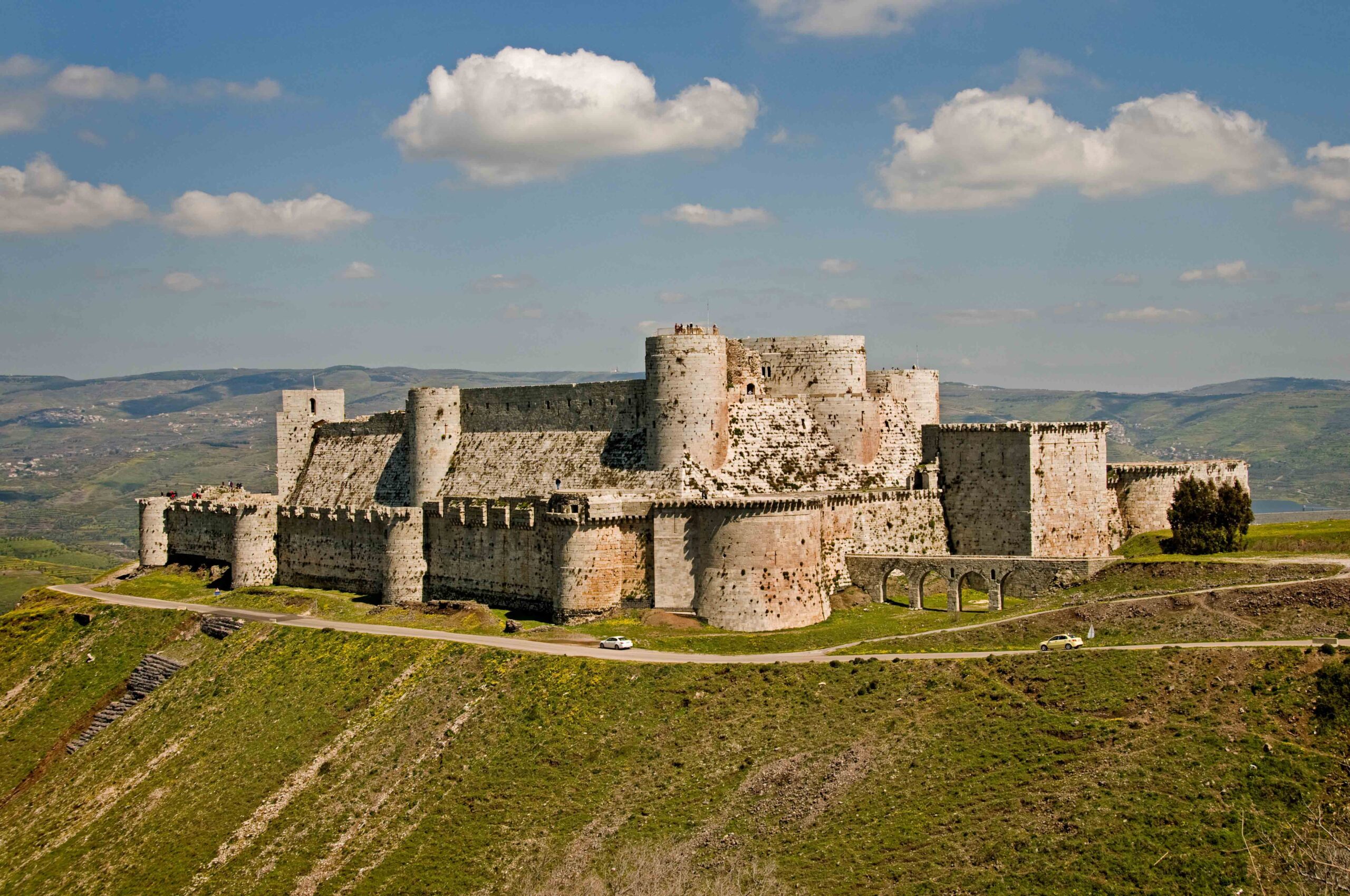
In the very early years of the twentieth century, the Stobs Military Camp served as a training ground and living quarters. Just before World War I, it was the place where Scotland readied for combat. And during the war, it became a POW camp where both civilian and military prisoners were housed in 80 wooden huts that each measured 120 by 20 feet and were surrounded by barbed wire. Stobs eventually closed in 1957, and its layout is reasonably well known from the master plan drawn up in 1917. According to Andrew Jepson of Archaeology Scotland, however, parts of the camp that hadn’t been seen in many years became evident during summer 2018’s heat wave. “We clearly knew that the building foundations and networks of paths were there, but over the decades they had become difficult to identify in some areas as nature began to reclaim the land,” says Jepson. “An attempt to locate precisely some of the corners of the barracks hut foundations last year proved relatively unsuccessful,” he adds, “so we were excited to see so much of the camp appear before our eyes.”
